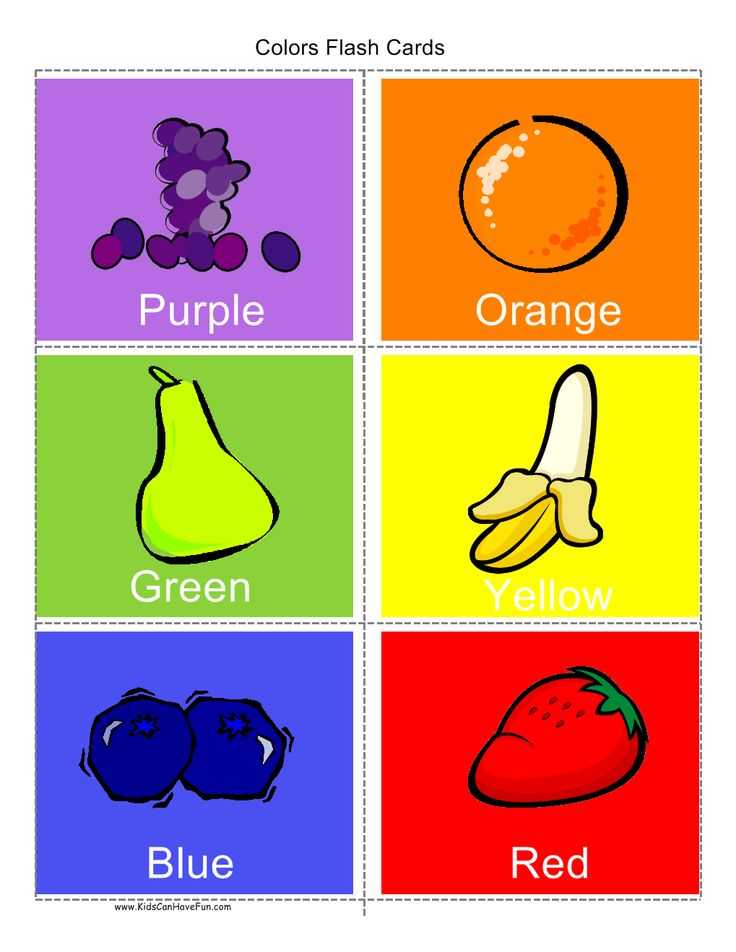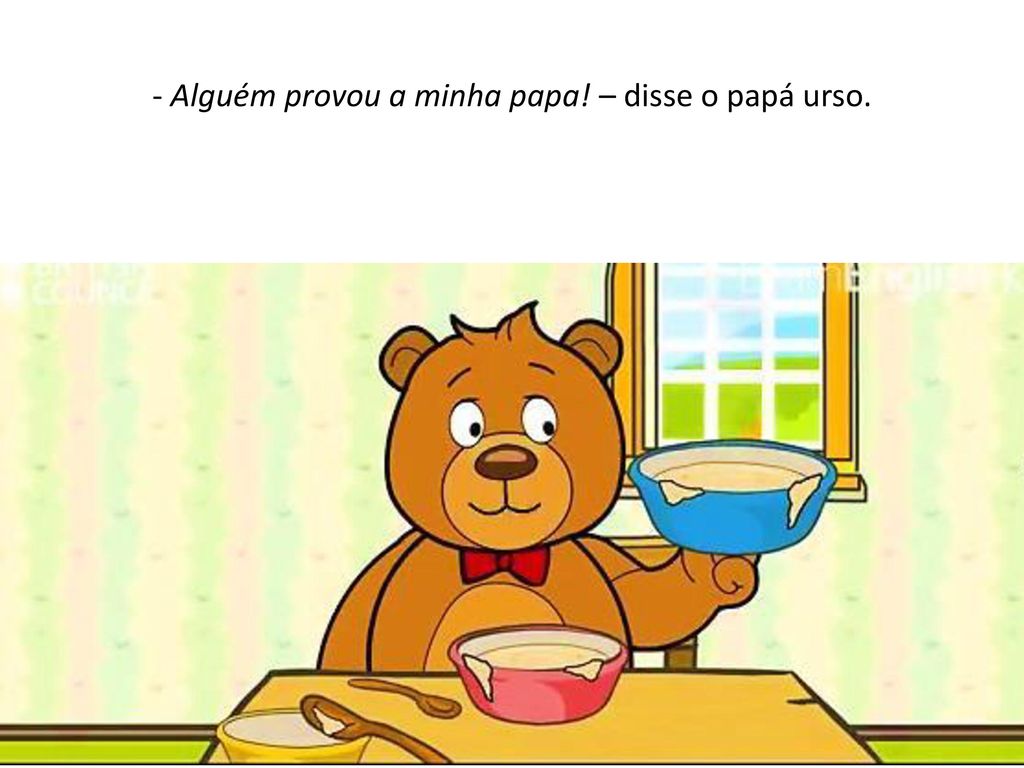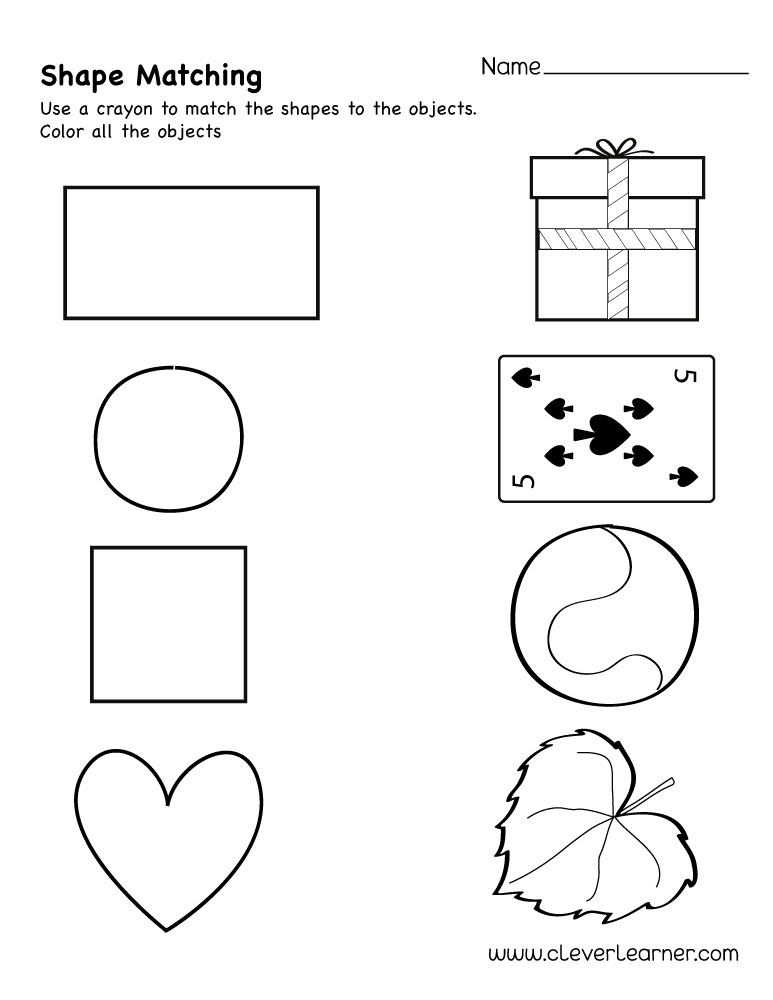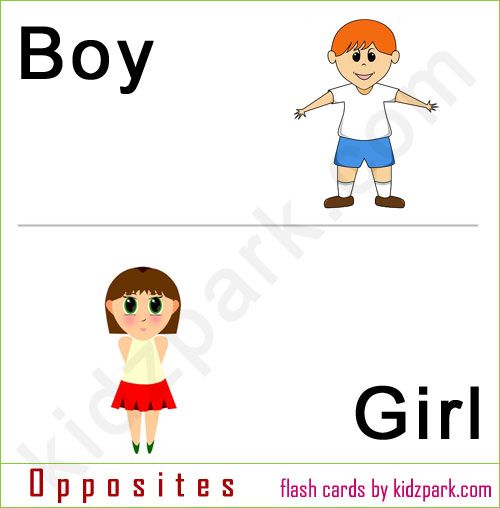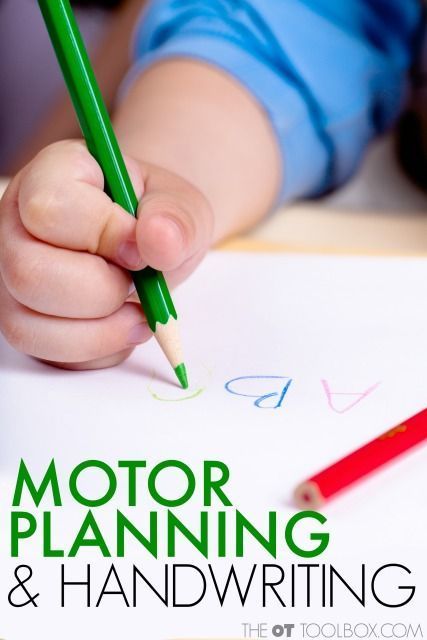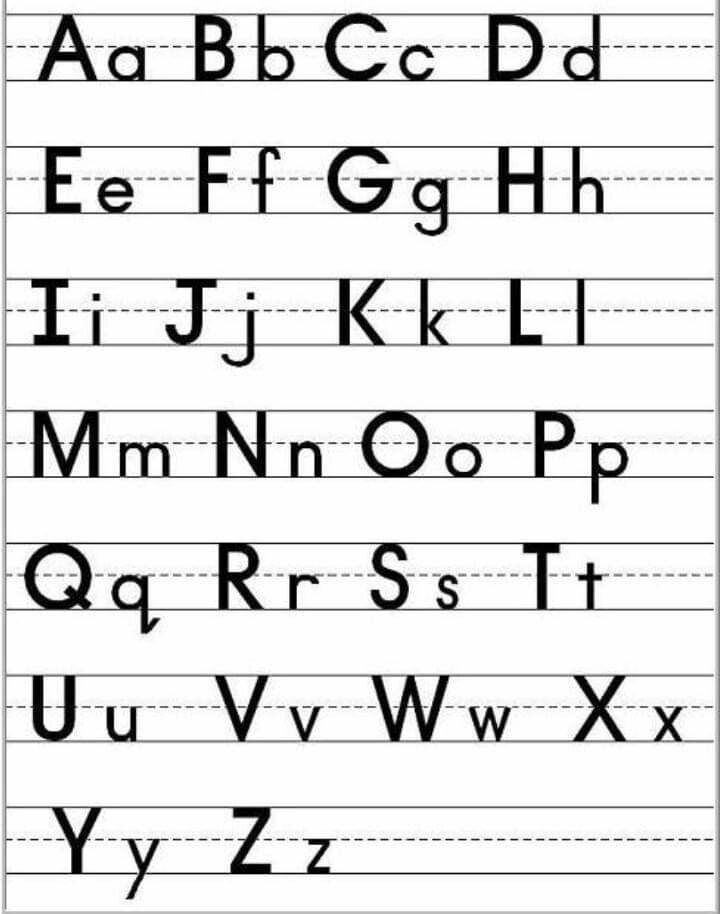Teaching colors kids
9 Simple Ways to Get Your Toddler to Learn Colors
97 shares
- Share
- Tweet
Once your child has reached the big milestone of turning 1, you’ll notice they become little sponges of information. They start walking, talking, and being so much more independent now that the baby stage is long gone.
Around this age is when you can start introducing them to colors. It’s important for a child to start hearing words often in order to remember it.
Even though they probably won’t be able to fully understand and retain the concept of colors until around 18 months, it’s a good idea to start teaching it early on. This is when learning colors will start to make sense to them, just like learning names of objects made sense to them around the 1 yearmark.
Color matching (putting the red piece on the red spot) is one of the simplest forms of learning colors. It may occur first, along with recognizing and choosing colors when asked for them (handing you the red piece when you say give me the red piece). Lastly comes naming colors (being able to say red when asked what color is this?).
This post may contain affiliate links which I would receive a small commission should you make a purchase.
The key to your child learning colors is over-exposure. As I’ll talk about below, you want to give them tons of opportunities to hear you say the colors names, be asked the color’s names, and see them often.
Get A Year of Activities for Your Child FREE!
Sign up here to get an email every month with new and exciting crafts, activities, and printables for your children.
I started really introducing my daughter to colors around 16 months old and she got a grasp of the concept quickly. Here are some simple tips to teach your toddler their colors:
1. Start simple
Don’t overwhelm your toddler with too many colors at once. Focus on two at a time and then add more in as they become familiar with those.
Whenever you see those two colors, point them out to your child, but don’t label any other colors yet.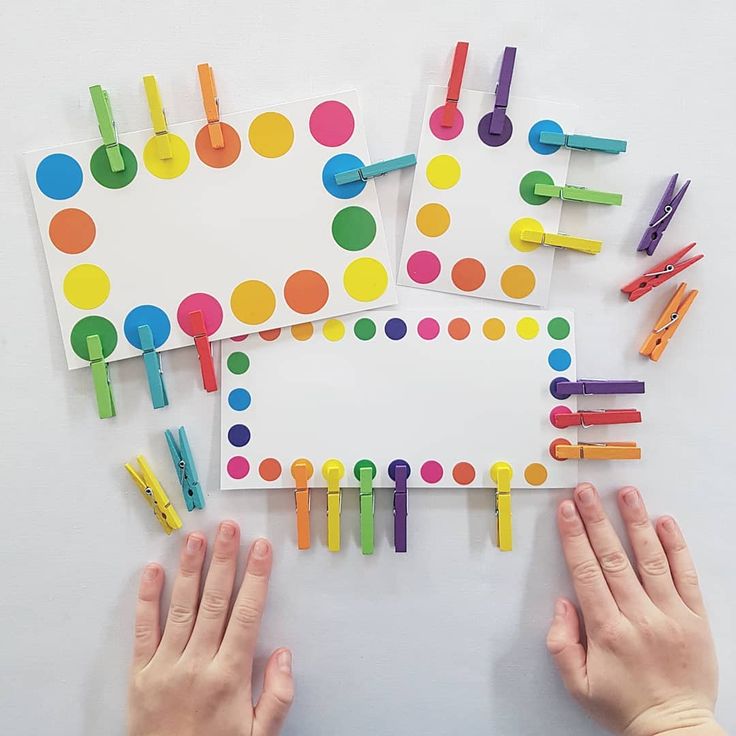 For example, choose to teach your child red and green first. Whenever you see anything red or green, point it out. Give them only red and green objects at certain playtimes.
For example, choose to teach your child red and green first. Whenever you see anything red or green, point it out. Give them only red and green objects at certain playtimes.
Clearly label and talk about the red versus green objects. Ask them to sort only objects that are red or green. Once they are familiar with red and green and the differences between those two, add in yellow. Of course they will see other colors while they play, but really try to only speak about the few colors that you choose.
Showing them less choices will help them to remember the colors easier.
Related post: Pom Pom Tube Drop: Toddler Fine Motor Activity
2. Use small, colorful objects for sorting
I love using fun, simple objects for learning colors and counting. Toddlers love little pompoms because of their softness and they’ll be excited to learn with them.
I like to group and sort them by color as my daughter puts them into their correct pile. If your child is just learning colors, naming the colors of each pompom works great too.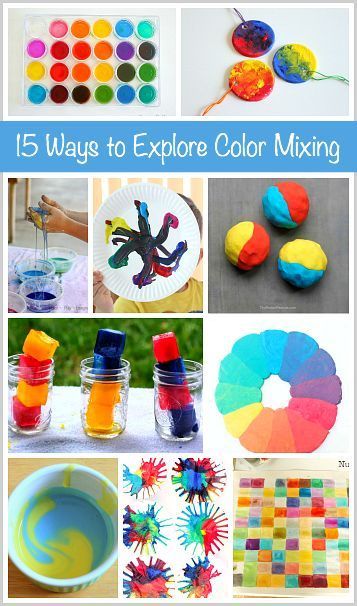
This Rainbow Counting Bears Sorting Toy makes a fun learning resource for introducing color recognition & basic mathematics concepts such as counting and addition. It can also be used for kids math and counting games for toddlers and great for developing fine motor skills with the tongs.
Have your toddler sort the bears into their same color cup. They can use their hands or tongs . They’ll also have a fun time using their imagination to make stories and games with the bears.
3. Distinguish contrasting colors
It’s best to use colors that are not at all similar to each other so you don’t confuse your toddler. Items that have contrasting colors will stick out more to them when they’re learning.
For example, if you’re teaching colors side by side, don’t put blue and purple together, red and orange, red and pink, etc. Colors that pair well with contrast are red/green, blue/yellow, purple/green, and black/white. There are plenty more combinations to use.
Also, sometimes certain shades of a color will be closely related like a yellowish green will look similar to yellow or a turquoise could look closer to a green or blue.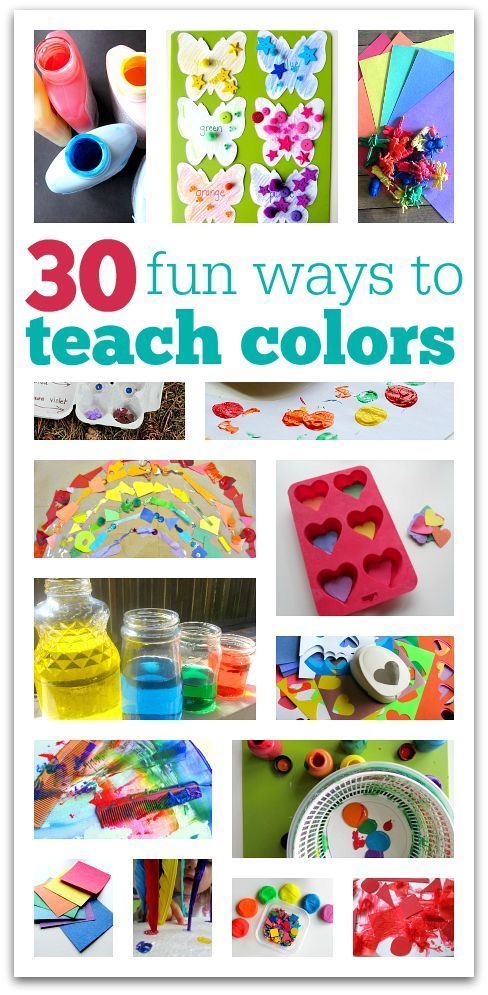 Try to stick to the basic primary colors when teaching them.
Try to stick to the basic primary colors when teaching them.
Check out our post on the Pompom Whisk Activity for Toddlers where you child can try a fun activity while also learning their colors.
4. Color puzzles
Puzzles are a great activity to develop language, cognition, and fine motor skills. My daughter loves the Melissa & Doug Colorful Fish Puzzle and is always asking to do it.
While we play, I verbally label each color as she puts the piece in the board so that she hears it over and over and can match the color name with what she sees.
Since this color puzzle is using all fish, your child won’t have to focus on the pictures or objects on the puzzle, but will be able to just pay attention to the colors. I think this was one of the best aids that taught my daughter her colors so early.
5. Use the same objects
The concept of colors may be a little difficult for babies and toddlers to understand because it’s a word typically used to describe something else.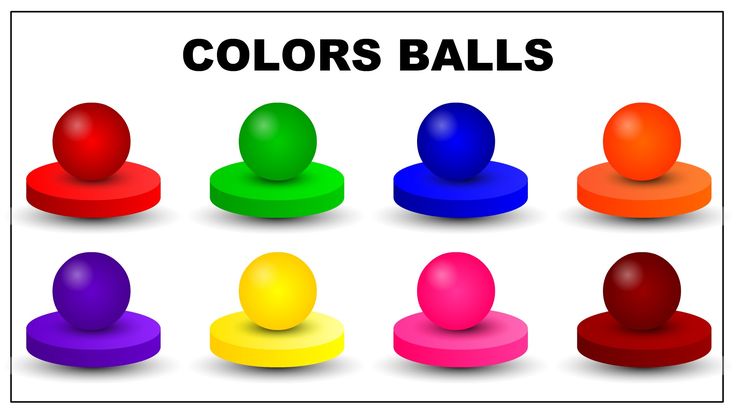 So far they have been learning words of actual things, like ball, car, mommy, milk, etc.
So far they have been learning words of actual things, like ball, car, mommy, milk, etc.
All items they can see or hold and names of these objects can make sense to them.
To get them to understand the concept of colors better, make sure you’re using two identical objects to point out the color differences. For example, don’t show your child a red car and a blue block because she will just think that you’re naming it differently because the object is different.
Instead, use a red car and a blue car to distinguish the differences.
This activity below works on color matching and sorting which are the first color activities your toddler will be able to do. We used MegaBlocks, but you can really use any blocks or toys that have different colors.
Simply put construction paper on the floor in the colors of the blocks and have your child match their toy to the colored paper. Read more about this activity here.
6. Label EVERYTHING with a color
This will help them to quickly build their language and vocabulary. Anything they see in their everyday world has a color. Make sure to verbally label objects with their names and colors as you see them, pass them, and give to them.
Anything they see in their everyday world has a color. Make sure to verbally label objects with their names and colors as you see them, pass them, and give to them.
When you’re first starting to introduce colors, you may want to just label the colors on their own so they’re not confused by the color and the name. You’d be surprised how quickly children pick up these concepts and understand that you’re not naming the object, but just describing the color.
Related Post: Sticker Letter Activity: Letter Learning for Toddlers
7. Color with crayons and markers
Coloring is a great skill for toddlers to develop fine and visual motor skills (coordinating their hands and eyes to perform a task). Have your child use crayons to scribble on paper and point out and label the colors that they use.
You can print out free blank coloring pages of their favorite characters or objects hereif using a blank paper gets boring to them.
For little hands, I highly recommend these finger crayons.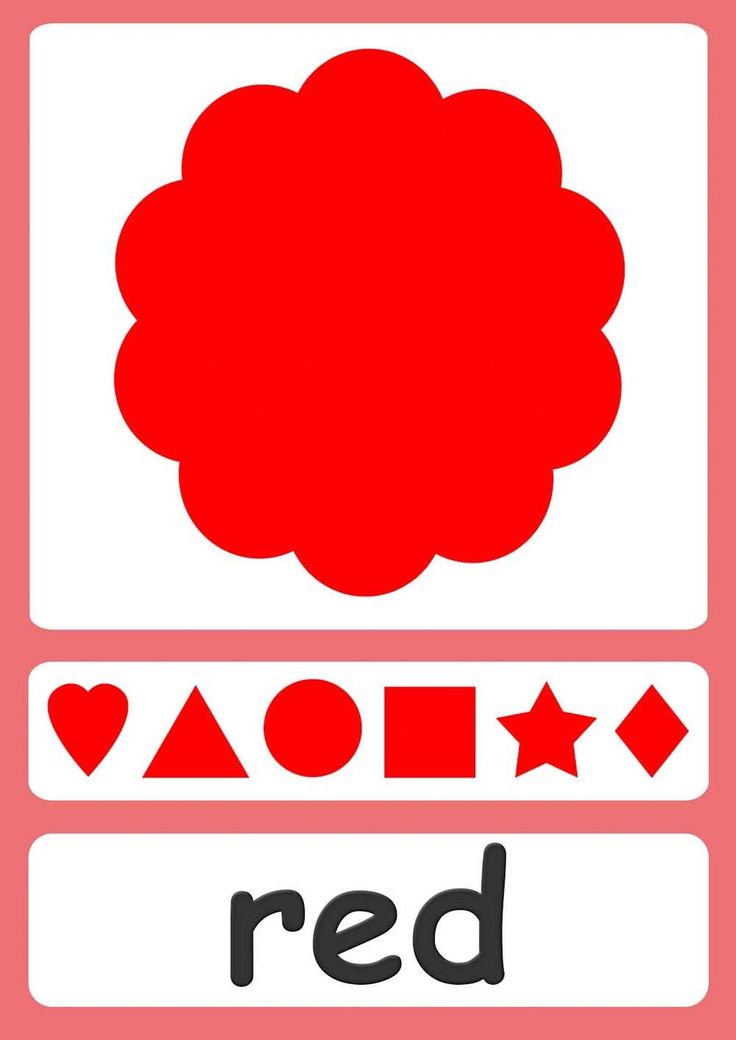 They are perfect for tiny fingers to wrap around and promote a proper grasp around the crayon. Skinny or chunky crayons just don’t allow your young toddler to hold it the correct way and it will end up tiring them out quicker.
They are perfect for tiny fingers to wrap around and promote a proper grasp around the crayon. Skinny or chunky crayons just don’t allow your young toddler to hold it the correct way and it will end up tiring them out quicker.
8. In their natural environment
Kids learn best in the context of their everyday environment. Point out the contrasting colors at:
- mealtimes (green beans, yellow corn, red raspberries)
- during dressing (blue shirt, black pants)
- during playtime (red blocks, blue balls)
- outdoors (blue sky, green grass, pink flower)
9. Fingerpainting
Sensory experiences where children are actively touching, tasting, hearing or smelling things are one of the best ways to teach your kids new concepts. Your toddler will love trying out their artistic capabilities by rubbing their hands on paper with finger paint.
By just getting 3 primary colors (blue, red, yellow) of finger paint, you can mix them until you make secondary colors (green, purple, orange).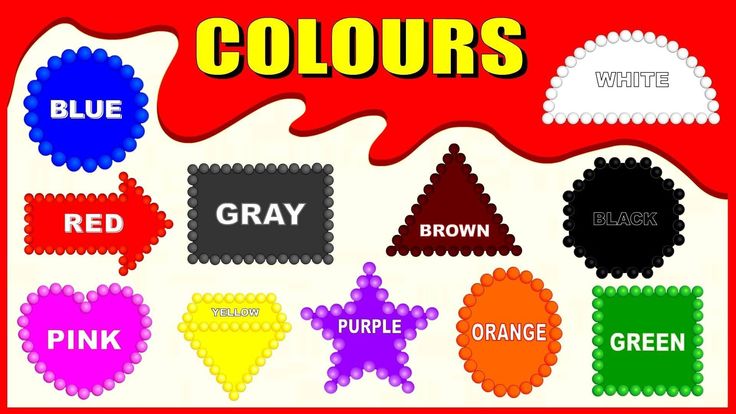
Have your toddler rub their hands and fingers in the paint and just smudge it onto paper. Talk about the colors they are using and ask them what color is on their hands and on the paper.
You can make your own finger paint at home so quickly, which is safe and even edible for your child. Check out this post: Sensory Edible Finger Paint for the recipe!
Related Post: Edible Finger Painting Recipe
10. Songs and Videos
Toddlers and babies love to hear music. Whether it be songs on the stereo, mommy singing, or making their own sounds by shouting at the top of their lungs, they are drawn to it.
Using songs (especially with visuals) is a great way to teach your child new concepts. Putting words to music helps things to stick better in their brain and will give them a higher chance of learning the skill.
Here is a short video that can help your toddler to learn their colors by combining colorful graphics to a catchy tune. You can also make up your own songs and melodies to sing as you show them colors.
Even just saying the colors but having a little rhythm to it will help your child to remember the colors easier.
Related posts:
How to start teaching colors to a toddler (and make it fun!)
You can teach colors to a toddler using fun activities and games. Colors are one of the first lessons that you can start when trying to get your toddler ready for pre-k. Start with the basic colors and then move up, adding more as your little learner gets more comfortable.
When can children learn colors?
In general, children are developmentally ready to learn colors at one year old. At 18 months, children can differentiate colors.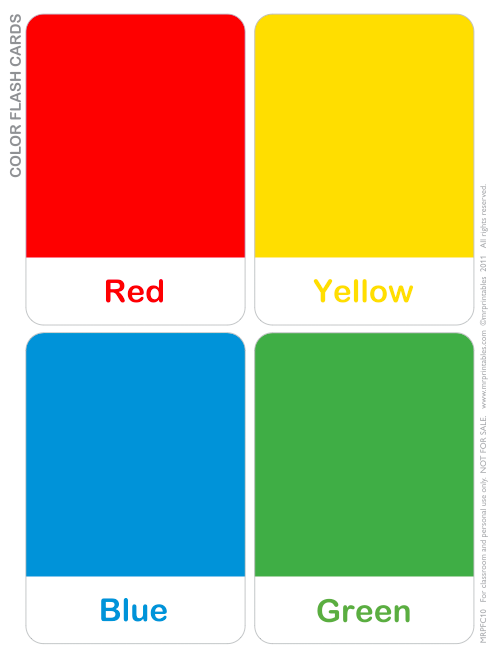 Toddlers can name different colors by the age of 2.5-3 years. Use fun activities to guide your teaching at home.
Toddlers can name different colors by the age of 2.5-3 years. Use fun activities to guide your teaching at home.
Even though they won’t be able to tell you the difference between the colors until around 18 months, this doesn’t mean that you can’t start exposing your child to the concept of colors before that 18-month mark.
You should! Some kids learn their colors sooner, and some learn them later. Get started with this guide to teach colors to One Year Olds
Benefits of Learning Colors· Color recognition can boost language skills because learning to identify and describe colors improves the child’s ability to communicate and express themselves
· Learning colors strengthen math skills, helping a child learn how to sort, organize, categorize, and compare.
Early identification of colors helps to create the cognitive link between visual clues and words.
“The ability to identify colors is considered a marker and milestone in a child’s cognitive process and is often part of early screening for the development and educational admittance.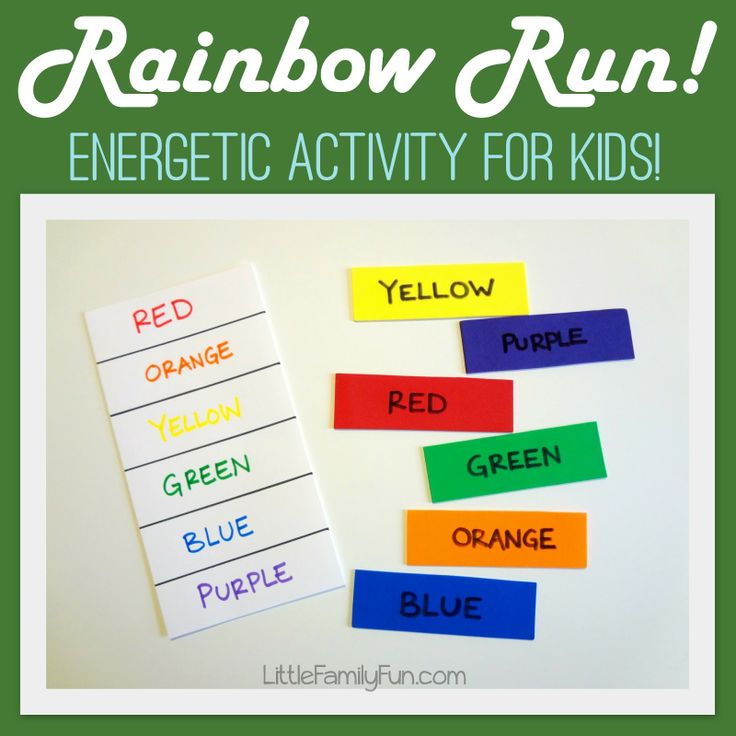 ”
”
Follow the learn through play color lesson plan and start teaching your child colors!
Short on time? Jump to it!
Which colors to teach first?Young children typically love bright colors. There are many colors in the rainbow, but first. Start with bright bold primary colors (and green).
- Red
- Yellow
- Blue
- Green
Introduce these colors first through different activities, and let the child understand the concept of primary colors before you introduce other colors.
How to start teach colors to your toddlerBelieve it or not, there is a fun and straightforward process your child’s interest and go as fast or as slow as needed until your child grasps each concept.
Grasping colors is easier if you break it up in a few simple activities.
Create activities around each color. I used to do a full 2-3 weeks or even a month of activities for each color before introducing others. It just made grasping the concept easier once the first primary colors are mastered the rest were easy to learn.
It just made grasping the concept easier once the first primary colors are mastered the rest were easy to learn.
My son mastered all colors by age 2y3m. I wasn’t in a rush to get him to know them all so fast as my goal was for him to learn them when he reached 3 yrs old that I knew he needed to start learning the alphabet.
Your son/daughter might be faster than Manu or slower and it doesn’t matter the timeline. What is important is that you start exposing them to the colors and keep practicing.
So, let’s start!
Learn Colors through Word GamesThe first step into teaching colors is to identify and label colors. Compare identical objects of different colors to help your child discern between colors.
Young children typically attach colors to their objects because the color concept is too abstract for a toddler or a preschooler to comprehend. So, when you use objects to teach your child colors, he will most likely have difficulties to separate the color from its object.
So, when you use objects to teach your child colors, he will most likely have difficulties to separate the color from its object.
To help children better understand the concept of colors, make sure to use the color words before and after the noun for an object, for example, “This is a green ball; this ball is green.”
Word ActivitiesBalls Activity
- Grab 4 color balls, one for each primary color, and place them inside a basket.
- Place the basket in front of your child and take out one by one.
- “This is a red ball – this ball is red, This is a yellow ball – this ball is yellow, this is a blue ball – this ball is blue”
- Place the balls inside the basket again and let your child take one ball at a time. When he/she takes it out, say the color of the ball.
Toss Activity
Another great activity to practice color words is a color toss activity.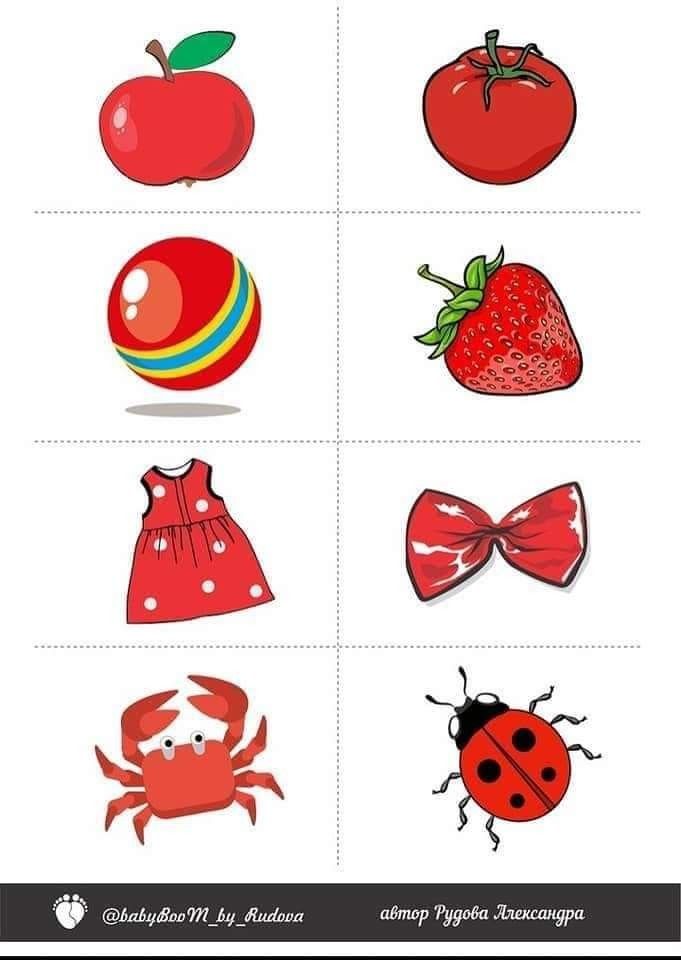 Create a color sorting board and color toss each ball into the correct color hole.
Create a color sorting board and color toss each ball into the correct color hole.
Research shows that music has a strong influence on a child’s development and learning. Sing to your child songs and rhymes with colors as kids tend to remember rhymes easily. Check YouTube for color songs and rhymes that teach colors and watch them with your toddler.
Check out or favorite color songs for toddlers
Youtube Super Simple songs are very catchy and well done. This blue song is a great one.
I love to sing I can sing a rainbow (YouTube) as we wave color scarfs around. I have been singing that song to my son since he was one and now that he is two, he can sing along with us as he picks the right color scarfs.
Learn Colors through books
Books are a great opportunity to teach colors. Use books that are all about colors and point colors often while you read.
A great way to learn colors is to create activities around the book.
Best Books to Learn colors
My Favorite Color Books
- Dog’s Colorful Day
- My favorite color book! I used it for sensory class and we played with edible paint after to make the color spots on the dog.
- What Makes a Rainbow
- A book that has a story for each color with a textured ribbon, as you pass the pages the rainbow forms. I used this book for our Virtual Mommy & Me class for Spring) and we painted a rainbow using homemade watercolor paint.
- Brown Bear, Brown Bear, What Do You See? A classic that is fun to read because it’s an easy rhyme to remember and should be in everyone’s library. Use coloring pages of this book and color each animal.
Top Books to learn colors recommended by Teachers
- Planting a Rainbow (Best price found on Amazon)
- White Rabbit’s Colors by Alan Baker (Best price found on Amazon)
- I Love My White Shoes – Pete The Cat (Best price found on Kidbooks)
- What color is bear’s underwear (Best price found in Amazon)
- The Color Monster (Best price found on Amazon)
- Monster Colors (Early Learning Rhymes) (Best price found on Kidbooks)
Repeat colors each morning when helping your child to dress and get ready for the day.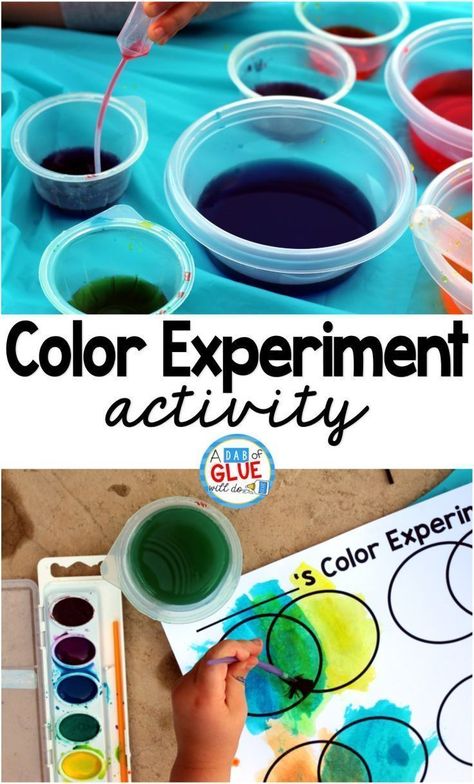 For example, say, “Today you’ll be wearing a blue shirt and yellow pants to daycare.”
For example, say, “Today you’ll be wearing a blue shirt and yellow pants to daycare.”
Allow your child to pick pieces of clothes for him/herself and ask which colors he has choosen.
Repetition throughout the day with different activities will ensure that your child learns the colors easily.
Eat Colorful Meals TogetherInvolve your child in grocery shopping and meal preparation activities. Allow them to choose, touch, and play with raw fruits and vegetables while you’re shopping and preparing food at home.
As you cook and serve food, introduce each food item with their color and say, “This is a green cucumber. This cucumber is green.”
Create opportunities for choices. While showing them each item, allow for them to choose what they want. For example, Ask your toddler “do you want a red apple or a green apple”
Use Nature Walks to learn colorsExploring nature is a wonderful way to teach colors to young children.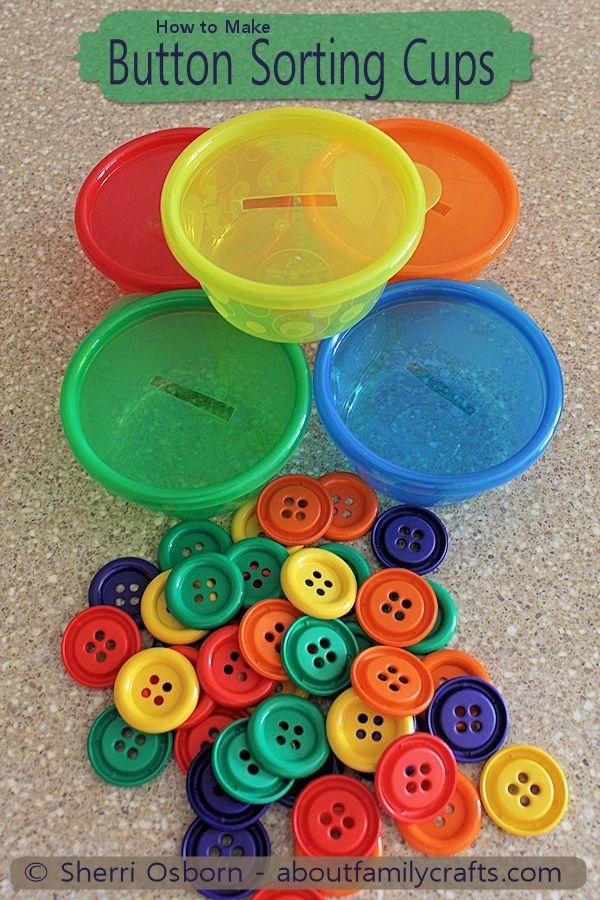 While outside, introduce the colors of flowers, the sky, grass, leaves, birds, butterflies, tree trunks, and so on.
While outside, introduce the colors of flowers, the sky, grass, leaves, birds, butterflies, tree trunks, and so on.
Repeat colors while you and your child are spending time outdoors. Children are naturally curious and interested in nature. They love to observe various things in nature such as flowers, animals, or clouds, and ask many questions.
Observe Colors in Nature Together and go on scavenger hunts together. Collect flowers, sticks and other found items in the colors you are practicing and working on.
You might also like: Tot School Free Color Lesson PlanPlay iSpy
Review each color of the rainbow. Start with the first color and try to search for items that are that color during your walk. You can both participate – do not expect your child to do all the finding. It’s more fun if you both do.
Match Colors in Nature
You can help your child learn colors faster by setting up activities that provide matching opportunities.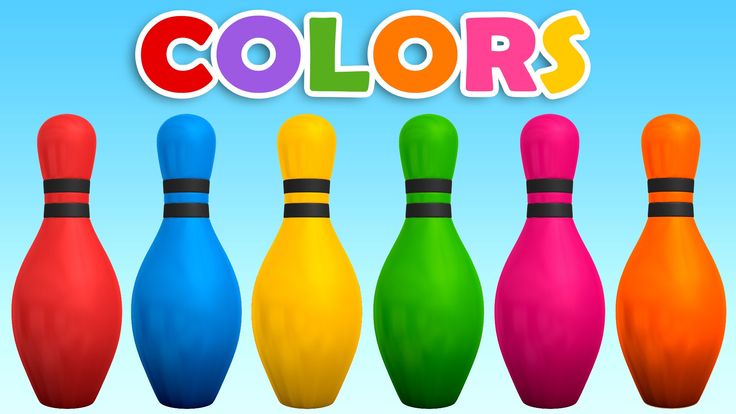
Matching colors is a math skill as being the very first lesson to helping a child learn how to sort, organize, categorize, and compare.
Take a color wheel of color flashcards and play a matching activity. Find different color flowers, rocks, mailboxes etc.. and match them to the right color flashcard.
You might have to do all the matching at first, but be patient and repeat the activity often, eventually your child will surprise you and start looking for the flashcard that matches the plants/flowers they collected.
Learn Colors With Invitations to PlayWhile a one-year-old might have trouble verbalizing the name of the color, he/she can still identify each color by matching it and sorting it.
Check this out: Easy Indoor color Activities Use color puzzles to practice colorsA great matching activity are color sorting activities using puzzles. These activities not only teach children colors but also encourage problem-solving skills, cause and effect, math skills, attention and focus, language skills, fine motor skills, hand-eye coordination, and cooperation.
Play with color matching puzzles that can be sorted by colors. Only use the red, yellow, blue, and green pieces first and continue with other color pieces as this skill gets mastered.
Using sorting worksheets sort each color item to its matching pair.
Use color matching printables to practice colorsA great opportunity to work on matching colors is through worksheets. This allows your toddler to match the exact same color and item for a true matching exercise. You can use your toddler’s interest to make the activity more interested.
If your toddler loves sharks like mine does, the shark worksheet is awesome! Does he/she love cars, trucks and other transportation equipment? Then follow their lead.
When playing the matching game, always verbalize the color that your child is holding. If they are holding the yellow shark and are ready to match it with the yellow, say “yellow shark good job, that is the yellow shark, yellow and yellow” (as you point to teach shark)
Learn Colors Through Sorting ActivitiesIf matching has become too easy, then color sorting is the next level up in learning colors.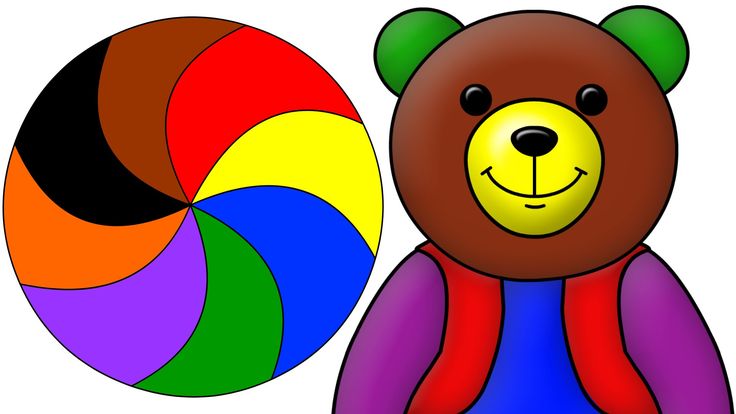
Provide a set of activities where you toddler can sort items by colors. Have a cup of each color and a few toys in a basket or tray and allow your toddler to put like -with-like.
This activity is also a great activity to practice fine motor skills as they learn.
You can get super creative setting up activities and sensory bins to work on sorting. Get the lesson plan book for a full list of ideas.
View this post on Instagram
A post shared by 🎨Alexa 🎨 (@kidactivitieswithalexa) on
Parent tip: During sorting activities, ask your child “can you show me blue?” and allow him/her to point at the colors. Repeat with the rest of the colors.
If they point out the wrong color, say “That is red.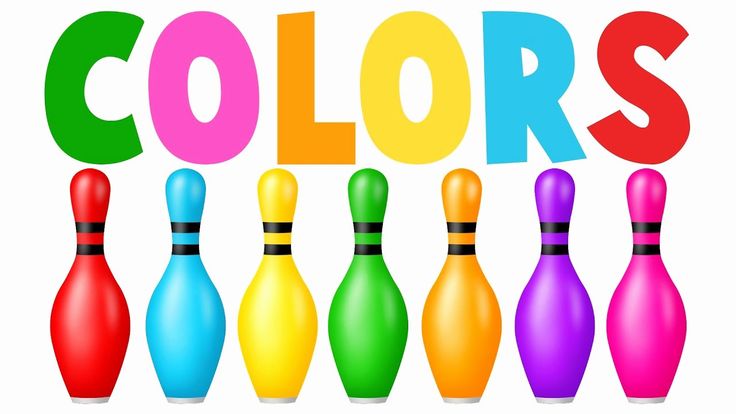 Can you show me blue”
Can you show me blue”
If they continue to show you the wrong color, stop asking and just continue to play the matching and sorting activities and verbalize the colors you are playing and touching as much as you can to continue the name association.
Use Coloring Pages to Practice Colors
Provide coloring pages with black-and-white illustrations that are associated with that color. For example a yellow sun, a red apple, etc. Ask your child to use crayons, markers, or colored pens.
Learn Colors through Art ActivitiesI love to take full weeks and focus on just one color. This means we would go on nature hunts to search for things that are that color, we will dress in clothing that has the selected color, we would include the color during snack time and we would do tons of activities related to that color.
I love art, and even though at one and two years old, art is just process art and it’s job is to explore materials I love to involve paint activities and all types of art supplies to our learning week.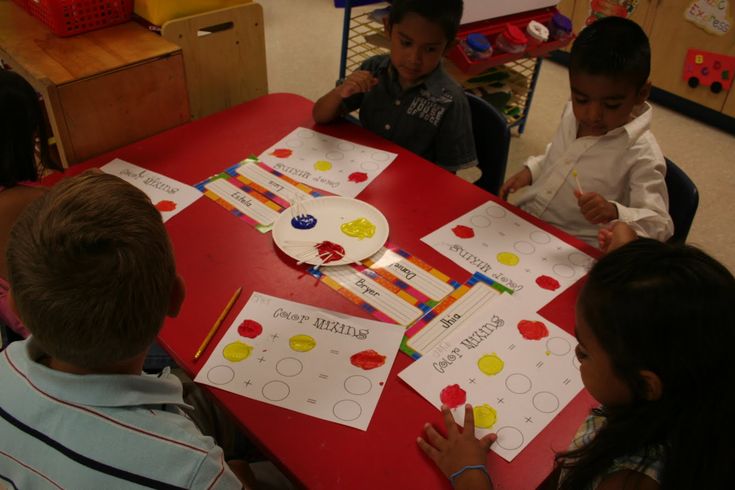
Children are naturally curious and love to experiment with colors, materials, and textures. Make sure to provide safe, non-toxic art supplies such as markers, crayons, colored pencils, and brushes and encourage your child to draw and paint. Art activities not only teach colors but promote fine motor skills development, boost cognitive abilities, creativity, and imagination.
Different types of painting and a variety of coloring supplies like chalk, markers, or finger painting, will spur your child’s interest and spark their creativity.
When doing art, always name the color of the crayon or marker that you’re working with and encourage him/her to repeat it. Engage finger painting not only to teach your child colors but to enhance creativity and sensory skills as well.
Parent tip: If your toddler can match the colors correctly, can sort colors to its own, and can point to the correct color when asked, then you can now point to a color and ask “what is this color” and allow your toddler to correctly identify it.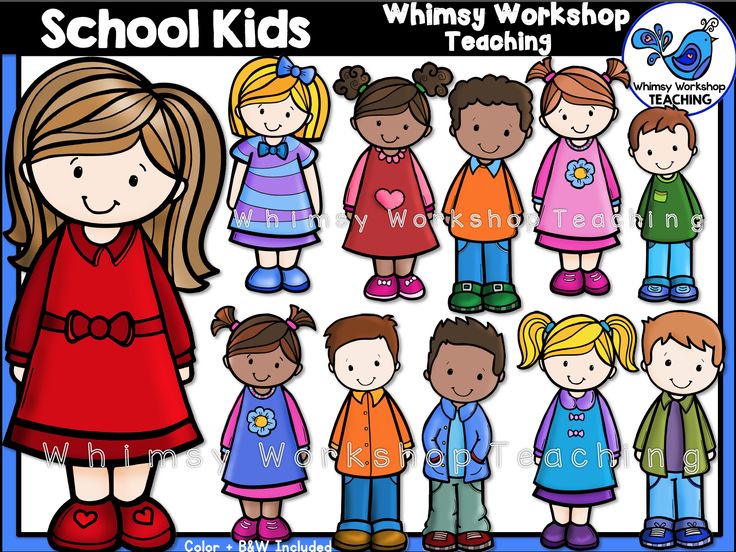
Offer playdough and other brightly colored craft and sensory materials such as squeeze bottles, pom-poms, water beads, kinetic sand, stickers, etc to create craft projects to practice each color.
Introducing Secondary ColorsOnce your toddler masters primary colors a fun activity to introduce new ones is with a mixing paint activity using washable paint.
- Tape paper to table so pre-toddler doesn’t pick it up and makes a paint disaster
- Choose two primary color paint (I used @crayola finger paint)
- Place a few dabs of your first paint on the left side of the paper
- Place paint #2 on the right side -let pre-toddler spread the paint and be amazed at the new color created
- Clean up messy hands when done
- Hang art project proudly
Last thoughts on learning colors
These activities are fun ways to teach colors to your toddler. Start with matching, then sorting, as you practice pointing and naming them.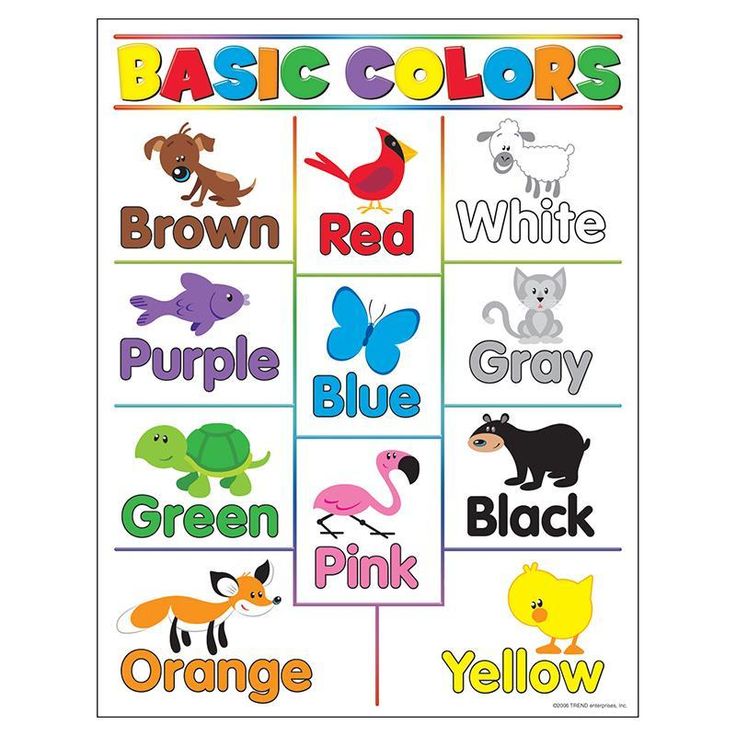
Remember to start with just a few colors, (primary color are best) and then move on to others until you complete the rainbow.
Throughout all of the activities look for opportunities to teach children color recognition but also encourage them to practice fine motor skills, hand-eye coordination. All of the activities above work on helping improve their language development, and boost creativity and imagination, therefore nurturing all aspects of your child’s development.
teaching colors to a toddler with Pre-made Color Lesson Activities
Sometimes is easier when you have a complete package with all the lesson plan, activity ideas, printables, art projects etc. Start learning the colors at home.
I created the Play & Learn Color Bundle so you can start implementing all of these ideas at home
teaching colors to a toddler with the Color bundle:
- Quick & Easy Activities
- Coloring Pages
- Matching Activities
- and more…
Learning colors: how to teach a child to distinguish colors and shades
It is generally accepted that by the age of three a child should learn to distinguish between primary colors. This skill is an important part of sensory development, it gives the child the opportunity to see the world in a new way. Often, if the baby does not know or confuse colors, parents have concerns about the pace of development of the child. Do I need to worry if the study of colors is not easy for a child? How to teach a child to distinguish colors? You will find answers to these questions in our article.
This skill is an important part of sensory development, it gives the child the opportunity to see the world in a new way. Often, if the baby does not know or confuse colors, parents have concerns about the pace of development of the child. Do I need to worry if the study of colors is not easy for a child? How to teach a child to distinguish colors? You will find answers to these questions in our article.
At what age does a child begin to see colors?
Studies have shown that children begin to perceive colors by 2-3 months. The first colors a child sees are yellow, orange, red, green. At this age, babies can already react differently to their toys of different colors (for example, a red rattle can please a child more than a blue one), look at bright pictures with enthusiasm. The baby's world quickly acquires colors, but if we talk about the ability to consciously find an object of the right color, then usually it appears in children at the age of one and a half. It is at this age that it is optimal to start learning colors in a playful way.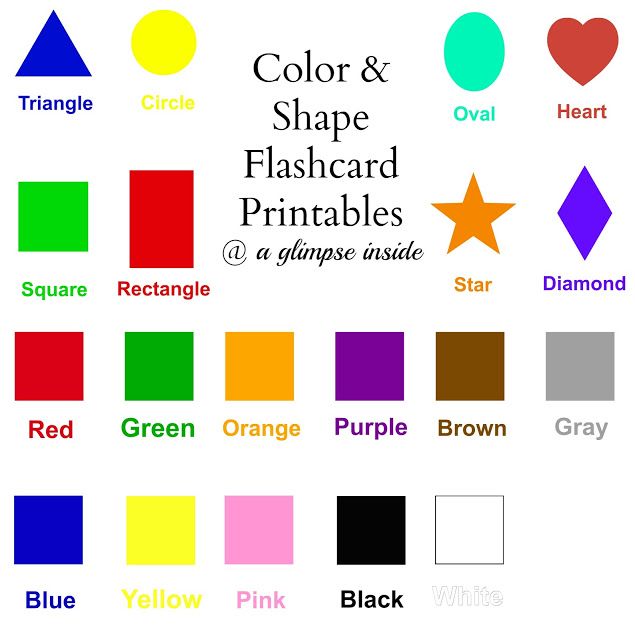 You can voice the names of flowers to a child for up to a year, this will only benefit him. But do not demand too much from the baby, remember that his brain is actively developing, and as soon as the time comes, you will certainly see the results.
You can voice the names of flowers to a child for up to a year, this will only benefit him. But do not demand too much from the baby, remember that his brain is actively developing, and as soon as the time comes, you will certainly see the results.
To see if your child is ready to learn colors by playing with building blocks, ask your child to point to a part that is the same color as yours. If the baby can find objects of the same color, then he is quite ready to memorize the names of colors.
Learning colors in everyday life
Children get most of their knowledge about the world in everyday life: communicating with adults and peers, observing nature, playing. The study of flowers is no exception. Sometimes a child does not need to do special exercises to learn to recognize colors. For this, it is enough that he hears the name of the color and associates it with a specific thing. During daily activities, voice for the child what color the objects are around. Whether you are drawing, playing with blocks, looking at cars in the yard, reading, swimming, eating, dressing - in each of these situations, you can gently teach your child to distinguish colors.
Whether you are drawing, playing with blocks, looking at cars in the yard, reading, swimming, eating, dressing - in each of these situations, you can gently teach your child to distinguish colors.
It is important that the study of colors does not turn into torture. You should not constantly test the child's knowledge by asking him which color is which. Soon the baby may just start to ignore you. “Let's paint the sun yellow!”, “What a delicious green cucumber!”, “Oh, where did the blue cube go? Here he is!" are examples of how you can gently help your child remember colors.
Games for learning colors and their shades
In order to get your baby interested in learning colors or to reinforce the knowledge they already have, you can offer your child to play special “color” games.
Color Sorting
Sorting games are designed to help children learn to group objects by color.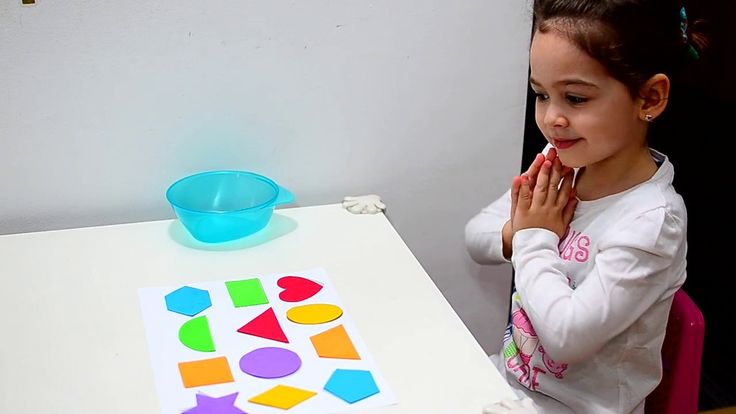 Any materials at hand can be items for sorting: toys, covers, designer parts, cubes, buttons, cereals, pencils, etc. You can organize the game in various ways:
Any materials at hand can be items for sorting: toys, covers, designer parts, cubes, buttons, cereals, pencils, etc. You can organize the game in various ways:
You can come up with as many options for sorting by color, it all depends on your imagination. So that the child does not lose interest in the task, connect the plot of the game with his favorite characters, toys (for example, a cat will eat from a yellow bowl, and a baby elephant from a red one, etc.).
Match a Pair
Help your child learn colors with the Match a Pair series. Ask your child to find a petal for a bug, a pot for a flower, a roof for a house, etc. You can present the baby with a deliberately wrong option and ask to correct the mistakes.
Pick up a patch
Show the child the picture with the missing details. Ask him to fill in the gaps (this can be done with plasticine, pom-poms, caps, cards, etc.).
Color Lotto
At the age of about one year, children begin to be interested in various lottos. In the color lotto, the task is to collect pictures of the same color on the card.
In the color lotto, the task is to collect pictures of the same color on the card.
Colored Sensory Boxes
Create a sensory box for your baby where everything is the same color. During the game, the child will be able not only to remember the color that he sees, but also to develop fine motor skills, tactile sensitivity, thinking, and imagination.
Color days
This is one of the most interesting and popular ways to teach your child to distinguish colors. Its essence is that during the day (or several days) you draw the child's attention to objects of a certain color. For example, on a yellow day, you can dress in yellow clothes, play with yellow toys, draw a yellow chicken. Surrounded by one color, the baby will easily remember it.
Cards for learning colors
You can learn colors with your child using cards. With the help of Doman's "Colors" cards, you can introduce your baby not only to the main colors, but also to different shades. It is important not to overload the child with unnecessary information about the names of 10 shades of green or red. Learn only those shades whose names you can use in the game and life.
It is important not to overload the child with unnecessary information about the names of 10 shades of green or red. Learn only those shades whose names you can use in the game and life.
Board games for learning colors
Board games are a great way to learn about colors and consolidate knowledge about them. Currently, the stores offer a wide range of similar games for every taste and budget. Choose a game that suits your child.
Educational cartoons
There are many educational cartoons on the Internet that will help your child memorize colors quickly. Here is one of them:
Educational books
If your little one loves to listen to stories and look at pictures, this is the way for you. We all remember the wonderful story of V.G. Suteev "Rooster and paints", by S.Ya. Marshak has a whole “Colorful book”. You can also find many educational books that will become your faithful assistants.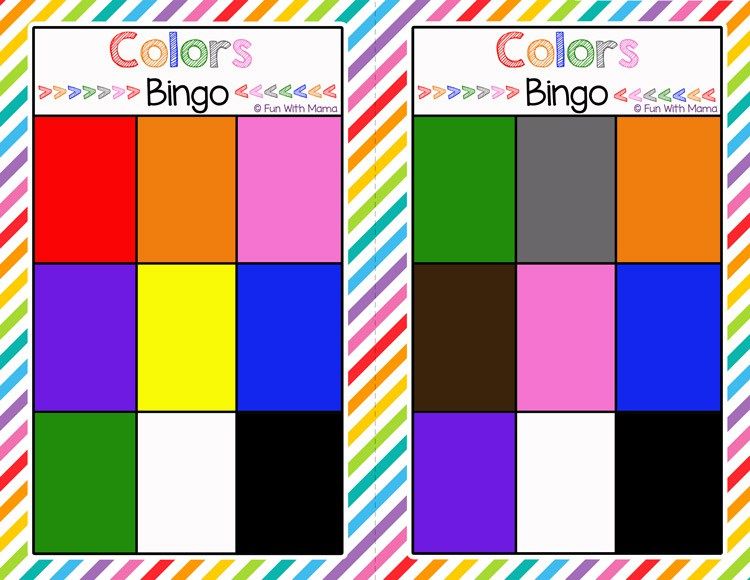
Conclusions
We have listed for you different color learning games. In order for a child to master the concept of color well, it is worth adhering to a number of principles: do not rush the baby, provide a variety of material for games, discuss what you see.
Conclusion
You can start studying colors from an early age, the main thing is that it is interesting for the child. It is impossible to specify clear age limits when a child should learn primary colors. This process, like all development, is individual for each baby. The Sozvezdie Development Center has created a Montessori environment for kids, aimed at the comprehensive development of the child. In the classes "Together with Mom" children in a playful way get acquainted with the concepts of color, shape and size, do thematic creative work. You can learn from our teachers how to interest a child in an activity and how to properly present him with cognitive information. Develop with us!
Prepared by a Montessori teacher
Sokolova Oksana
Teaching children colors
As the baby grows, he distinguishes more and more colors, his color perception develops and improves.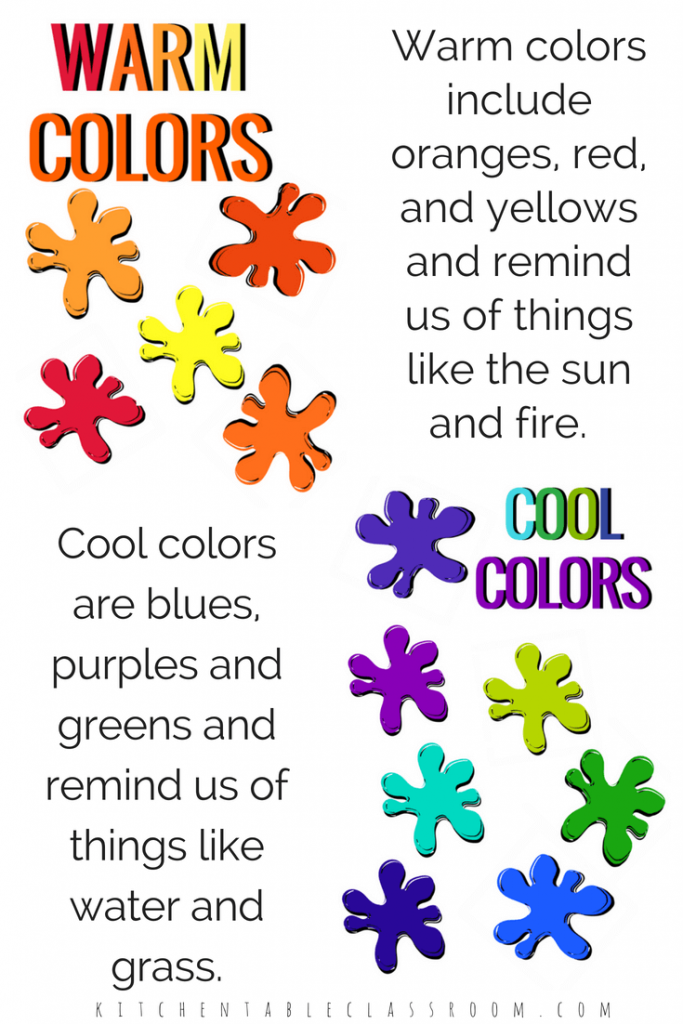 Starting from the age of 2, you can conduct classes aimed at learning colors with a child.
Starting from the age of 2, you can conduct classes aimed at learning colors with a child.
Sorting and matching by color
First, the child needs to be explained what color is and to learn to distinguish objects of different colors. Start with exercises with a small number of colors. At first, yellow, red, blue and green are enough. Color can only be seen, so by applying objects to each other, explain to the child how they are similar or different. Thus, without knowing the names of colors, the child learns to group objects by color. Play with your baby in simple games aimed at grouping objects by color and matching the right color.
"Item sorting". Invite the child to put in separate boxes all yellow, blue, green, red items. First, let them be homogeneous (cubes or designer parts, colored candies), then heterogeneous. In the latter case, toys, items will differ slightly in color within the same color range, and sorting will be more difficult for the child.
“Pick up a couple”. Such games are aimed at selecting an item that is identical in color. You can remove the caps from the felt-tip pens and invite the child to choose the right cap. Or cut out cards from colored cardboard, on which you need to attach clothespins of the corresponding color. You can make an educational board game. To do this, glue a cube out of paper, the sides of which, using felt-tip pens or colored paper, make different colors. Roll the cube alternately. The player needs to find the item of the dropped color. In the case of a repeated roll on a die of the same color, the player finds another item.
Memorizing colors
In the process of learning the names of colors, start with a few basic colors, gradually expanding the spectrum. Preschool children tend to remember colors by associating them with an object: red like an apple, green like grass. Therefore, summer with its bright colors is the best assistant in this matter! While walking, unobtrusively name the color of the object. If your child likes cars, practice on them. At home, when playing with a pyramid, cubes, pay attention to color. To memorize colors, the child needs repeated repetition. Drawing, modeling, appliqué also contribute to the improvement of children's color perception. You can make a collage - take sheets of white paper, unnecessary magazines and let the child, with your help, cut out all the red pictures and stick them on one sheet, green on the second, etc. After the child has memorized 3-4 primary colors, introduce him to the colors of the rainbow and the sequence of their arrangement.
If your child likes cars, practice on them. At home, when playing with a pyramid, cubes, pay attention to color. To memorize colors, the child needs repeated repetition. Drawing, modeling, appliqué also contribute to the improvement of children's color perception. You can make a collage - take sheets of white paper, unnecessary magazines and let the child, with your help, cut out all the red pictures and stick them on one sheet, green on the second, etc. After the child has memorized 3-4 primary colors, introduce him to the colors of the rainbow and the sequence of their arrangement.
Memorizing colors
Children progress in learning colors in different ways. Five-year-old children are not only able to distinguish colors, but also a variety of shades. However, if some preschoolers continue to use the usual generalized names of colors, calling blue, turquoise and cyan blue, then the latter are keenly interested in shades, trying to figure out how, for example, to draw a blue whale in a blue sea.